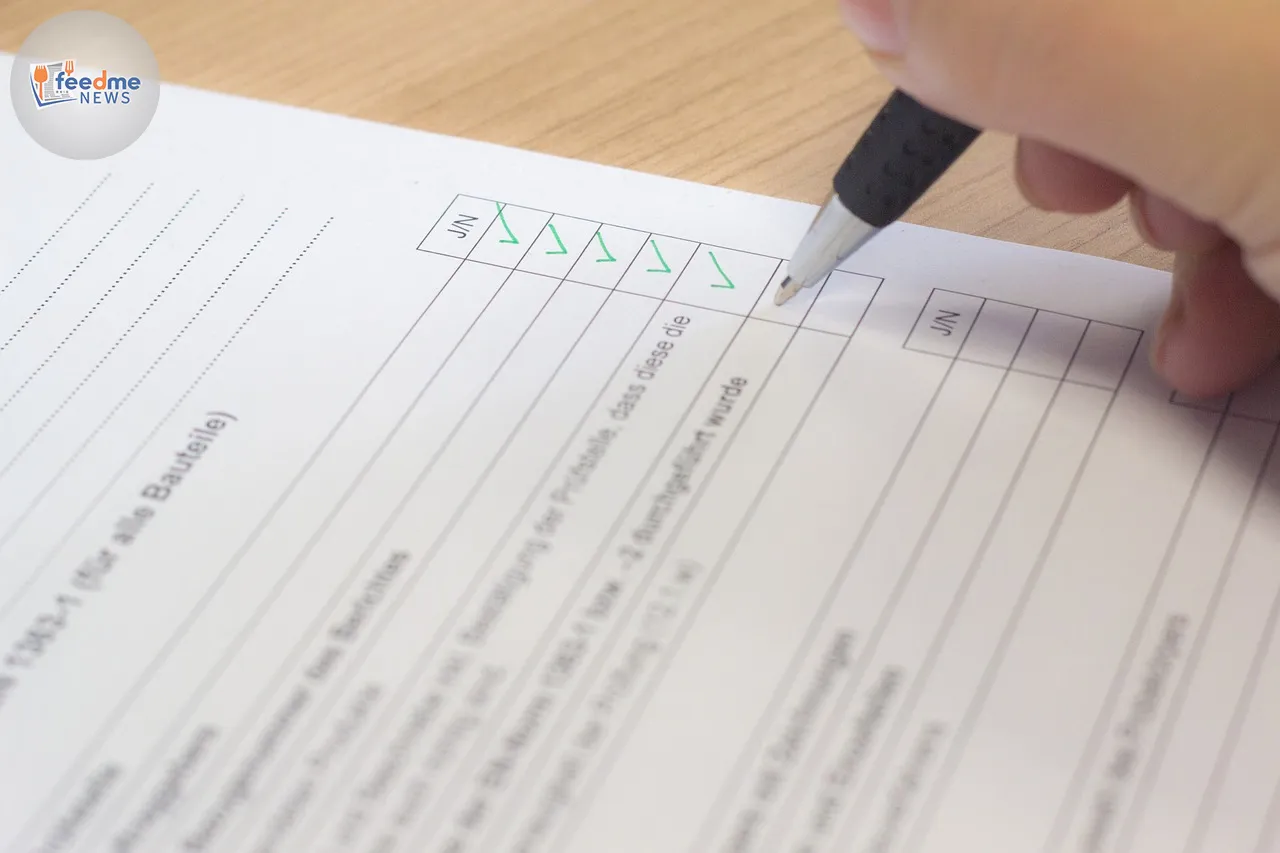The UK government’s crackdown on MOT fraud has sparked controversy as a former inspector criticises the measures implemented by the Driver and Vehicle Standards Agency (DVSA). The agency’s new strategy, requiring MOT testers to photograph vehicles during inspection, aims to combat the widespread issue of ‘ghost MOTs’—certificates issued without actual vehicle inspections. However, the former inspector argues that these measures are insufficient and potentially flawed.
The DVSA announced the new photograph requirement for MOT testers in 2023, aiming to reduce fraudulent activities. Testers must capture images of the vehicle’s front or rear, ensuring the number plate is visible, and upload them to the DVSA’s online MOT Testing System (MTS) after entering the vehicle’s details. Chris Price, the DVSA’s head of MOT policy, emphasised the importance of this step in maintaining the integrity of the testing process.

Concerns Over Photo Verification
Despite the DVSA’s intentions, a former MOT test enforcement inspector has raised concerns about the new photo verification process. He claims that using testers’ personal devices to capture and upload images opens the door to potential manipulation through digital tools like Photoshop. “Using a DVSA device rather than the tester’s phone would give the agency better control,” he suggested, highlighting the risk of image tampering.
The former inspector, who requested anonymity, also pointed out a decline in the number of DVSA inspectors, which he believes has led to an increase in fraudulent activities. He noted that the number of inspectors in his region had dwindled from seven to one, making it challenging to ensure compliance across hundreds of garages. “Some garages haven’t had an inspection visit for seven years,” he added, expressing concerns about the impact on testing standards.
Shifting Responsibilities to Testers
A serving MOT tester echoed the former inspector’s concerns, claiming that the DVSA is increasingly shifting enforcement responsibilities onto testers. “I spend more time completing forms than testing cars,” he stated, suggesting that the burden of enforcement is being transferred from inspectors to those conducting the tests.
In response to these criticisms, Chris Price assured that the DVSA’s enforcement examiners still play a crucial role in tackling fraud. He emphasised that the new photo requirement is not a substitute for enforcement efforts but an additional tool to help target fraudulent activities effectively. Price further noted that the DVSA has maintained a consistent level of enforcement staffing, with 102 full-time-equivalent examiners dedicated to MOT work.
Ongoing Efforts to Combat Fraud
The DVSA’s camera trial is part of a broader initiative to eliminate fraud within the MOT system. Between 2020 and 2022, the agency disqualified 687 MOT testers and added another 228 disqualifications in the 2022-23 period. Marian Kitson, the DVSA’s director of enforcement, reiterated the agency’s commitment to preserving the integrity of the MOT service and ensuring road safety.
A recent Freedom of Information request revealed concerning statistics: more than 10% of cars that passed MOT tests in 2023 should have failed, equating to approximately 2.9 million vehicles with potentially dangerous defects. The DVSA’s compliance examiners retested a random selection of 1,487 cars, leading to disciplinary actions against 14 garages and 67 advisory warning letters.
Areas of Disagreement
The DVSA’s report highlighted common areas where discrepancies were found between initial MOT assessments and subsequent examinations. Tyre defects topped the list, with 731 instances of disagreement, followed by brakes, suspension, and lighting issues. These findings underscore the need for rigorous testing standards to ensure vehicle safety on UK roads.
Looking Ahead
As the DVSA continues its efforts to combat MOT fraud, the debate over the effectiveness of its strategies persists. The agency’s new photo verification process, while a step towards reducing fraudulent activities, has drawn criticism for its potential vulnerabilities. Ensuring the integrity of MOT testing remains a priority, with ongoing evaluations necessary to address concerns and enhance compliance.
The DVSA’s initiatives highlight the complexities of balancing enforcement with operational feasibility. As the agency refines its strategies, the involvement of inspectors and the implementation of robust verification measures will be crucial in upholding the credibility of the UK’s MOT system.





